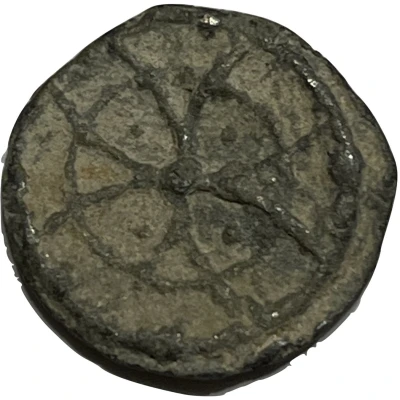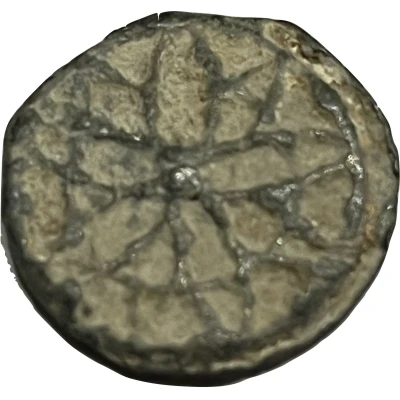Lead Token Initials, Powell Type 2 ND
| Lead | 2.04 g | 14.28 mm |
| Location | United Kingdom (United Kingdom, British Overseas Territories and Crown Dependencies) |
|---|---|
| Type | Trade tokens › Work encampment, mine and wage tokens |
| Years | 1670-1820 |
| Currency | United Kingdom - Farm and Hop Tokens |
| Composition | Lead |
| Weight | 2.04 g |
| Diameter | 14.28 mm |
| Thickness | 1.69 mm |
| Shape | Round (irregular) |
| Demonetized | Yes |
| Updated | 2024-11-14 |
| Numista | N#81526 |
|---|---|
| Rarity index | 95% |
Reverse
Blank.
Edge
Plain
Comment
Powell's classification (http://www.mernick.org.uk/lnc/dpowell/leadtokens.htm):Initials (Type 2). Includes sides where the initials are dominant or equivalent in prominence with any ornamentation. Sides where small initials flank the main design will be classified according to that design. Items with both initials and numbers will be dealt with either here or under type 8, depending on which is predominant, although it is recognised that they are hybrids. Where there is no predominance, type 2 will take precedence because initials offer a clue to identity.
It is not clear what the many varieties of lead token were used for. Uses included as hop tokens; for tallying of bushels; as ferry tokens; counters; gaming counters; small change; for ecclesiastical purposes; or for other agricultural uses.
The cultivation of hops was a popular industry, first because it was very profitable, and secondly because it employed labour for almost all the year, " Planting, Soiling, Houghing, Poling, Tying and Picking."
All the picking had to be done in a few weeks, many thousands of pickers were required. These came chiefly from London, for “a holiday with work and pay," and were known as" furiners."
Payment for picking was arranged through the medium of tallies and hop-tokens. These showed the number of bushels picked, and were the basis of payment after the rate was agreed upon, which sometimes took several days.

